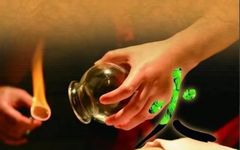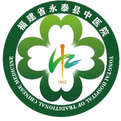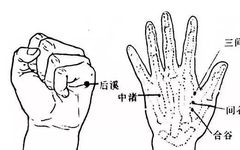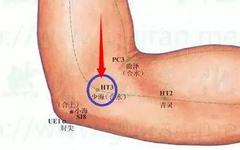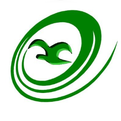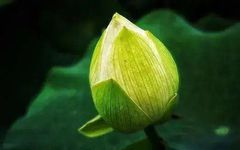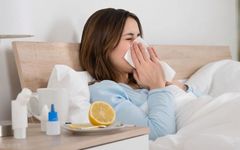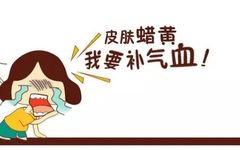Cupping Therapy in Traditional Chinese Medicine: Meaning, Functions, Contraindications, and Precautions
Cupping therapy is a method in Traditional Chinese Medicine (TCM) that uses negative pressure to draw on the skin, thereby eliminating dampness from the body. Using cups as tools, it creates negative pressure through methods such as fire or suction, causing local bruising to achieve effects such as promoting circulation, invigorating blood flow, reducing swelling … Read more

